A vital component of the Camino de Santiago, an essential part of the pilgrim community, are undoubtedly the Friends of the Camino de Santiago associations. Friends, pilgrims, hospitaleros, entrepreneurs, Camino enthusiasts, and motivated individuals with no other concern than caring for the Jacobean routes and the pilgrims. We want to honor these groups of pilgrim action, and in this article, we will delve deeper into their raison d’être, objectives, and initiatives.
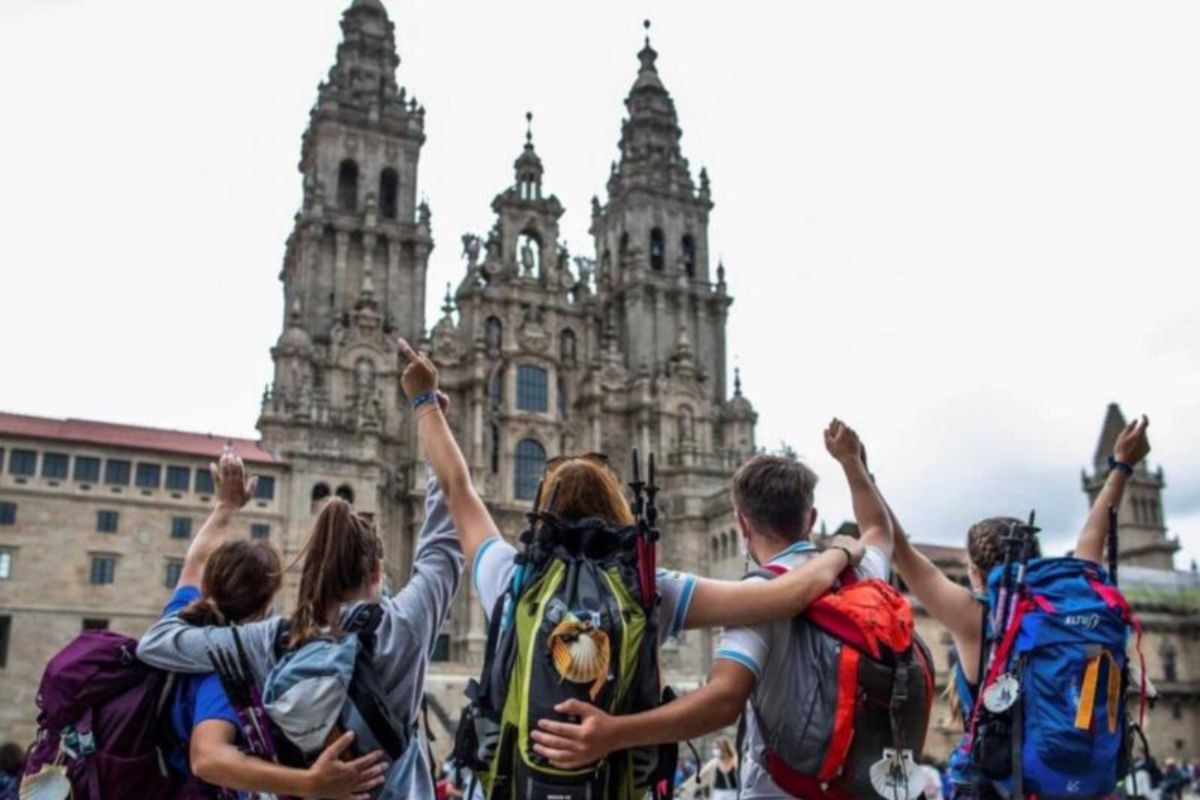
The Camino Associations and Pilgrims Can Help You on Your Journey
What is a Friends of the Camino de Santiago Association?
The dictionary defines an association as a “group of associates for the same purpose and, where applicable, a legal entity formed by them.” In other words, it is a group of individuals who come together around a concern to achieve specific objectives. In this case, the concern is the Camino de Santiago.
These are non-profit institutions, as we can read on the website of the Spanish Federation of Friends of the Camino de Santiago Associations. Additionally, “they represent a meritorious effort of private initiatives embarked on the revival of the pilgrimage to Compostela and the many Caminos de Santiago that traverse Spain.” Generally federated, all have legal statutes and are registered in the corresponding administrative records. All this to protect, preserve, and disseminate the various Jacobean routes and their raison d’être.
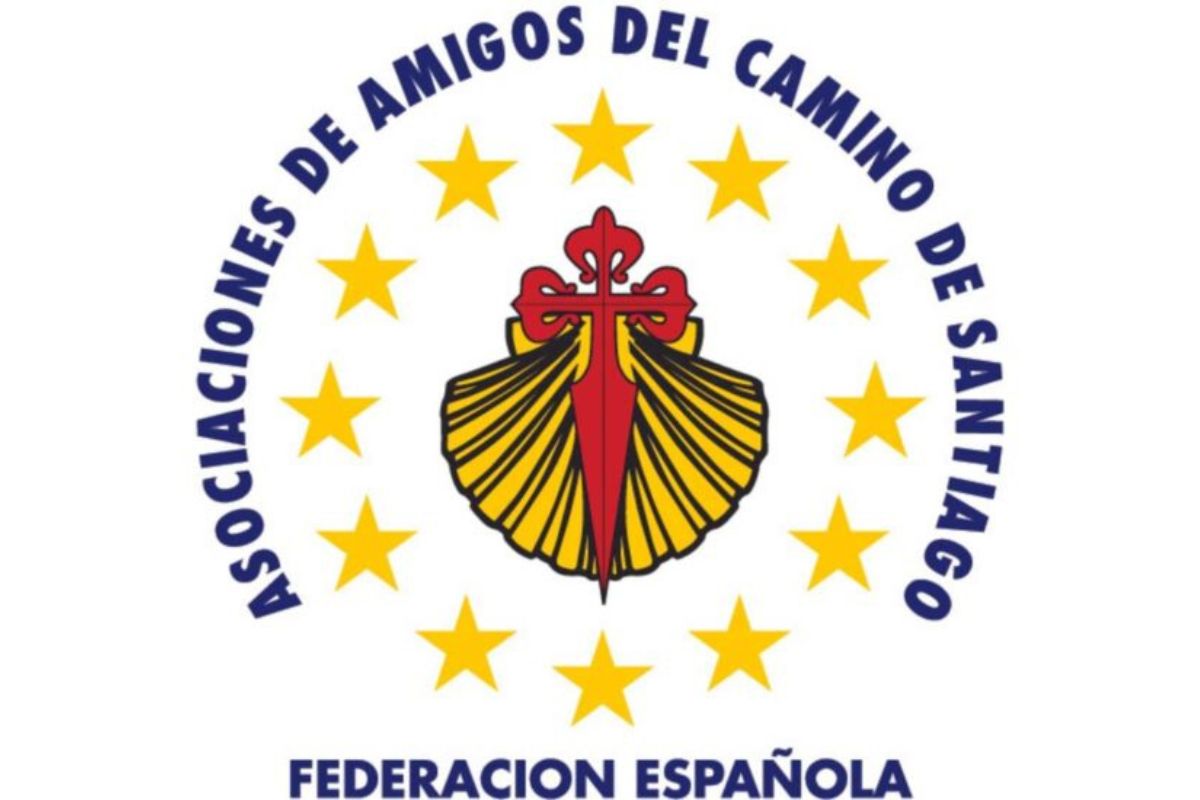
Logo of the Spanish Federation of Associations of Friends of the Camino de Santiago
Main Pilgrim Associations in Spain
There are dozens of Pilgrim Associations in Spain. Virtually all Autonomous Communities have Jacobean associations, so there will always be an association on one of the official routes. Some even specify in their name a particular Jacobean route, the focus of their association. By Autonomous Communities, Castilla y León and Andalucía have the most associations.
Spanish Federation of Friends of the Camino de Santiago Associations
The Spanish Federation of Friends of the Camino de Santiago Associations (FAACS) includes associations from almost all Autonomous Communities. It was founded in 1987, following the first International Congress of Jacobean Associations in Jaca. Initially, it was the National Coordinator of Friends of the Camino de Santiago Associations from October 1987. In April 1993, it transformed into the current Spanish Federation of Friends of the Camino de Santiago Associations.
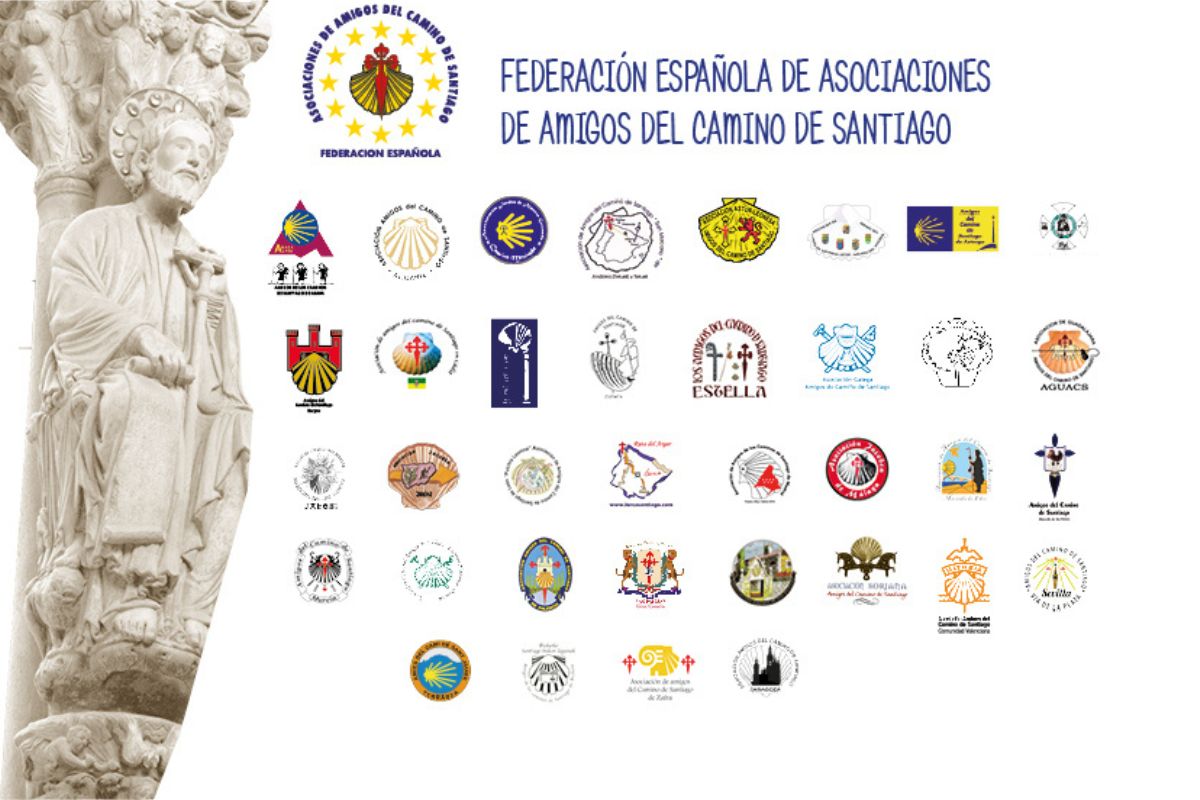
Camino Associations
The Federation includes federated associations with legalized statutes and registered in administrative records. It also relates to associations in the process of admission, other Spanish and foreign associations, and institutions linked to the Camino de Santiago.
The headquarters has an information office open in the mornings all year round. Additionally, they have temporary offices in the summer in high pilgrim traffic areas, thanks to collaboration with associations and the sponsorship of the Ministry of Culture and other institutions. More information is available on their website.
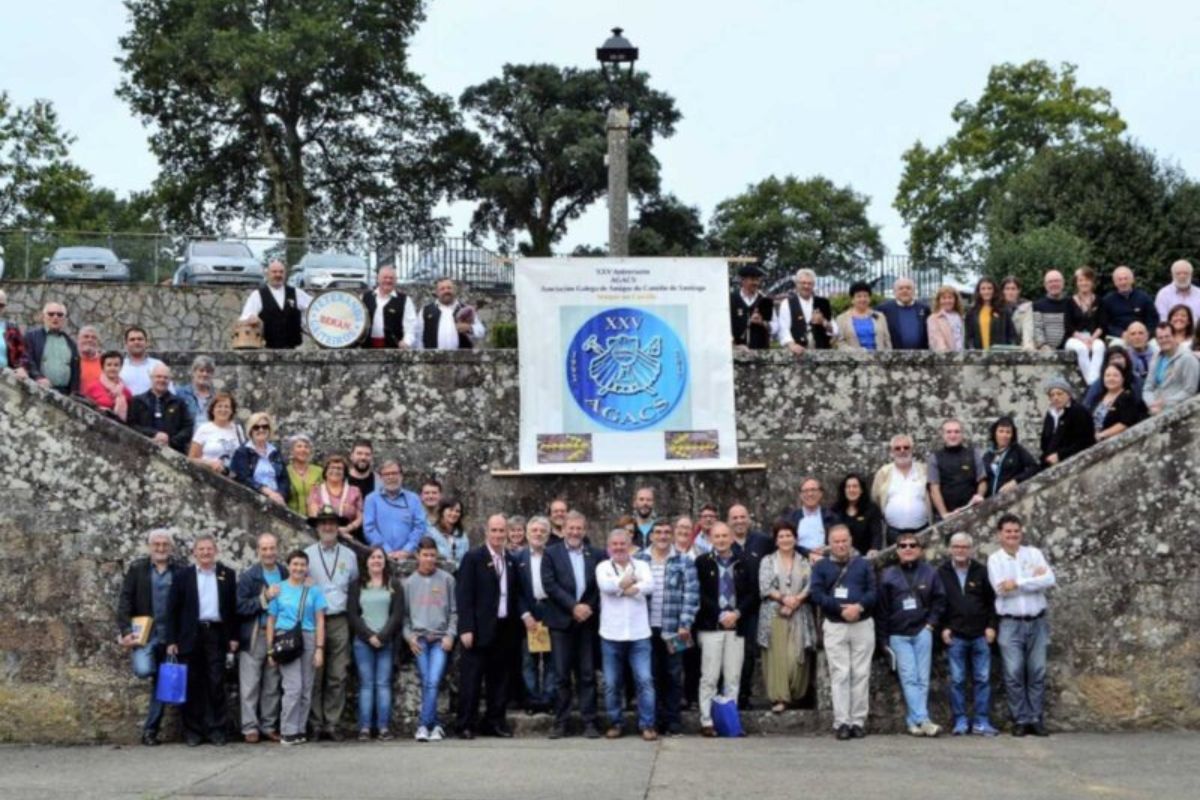
Meeting of the Galician Association of Friends of the Camiño of Santiago (AGACS)
Galician Association of Friends of the Camino de Santiago
The Galician Association of Friends of the Camino de Santiago (AGACS) was founded in 1992. Its objective is to preserve the traditional spirit of the pilgrimages. It is also dedicated to researching, recovering, marking, and defending the Caminos de Santiago, especially in Galicia. It also has two hostels available to pilgrims. Their motto, “Always on the Camino” says it all. Visit their website to learn more.
International Pilgrim Associations
The Camino de Santiago has gained worldwide fame, and in several countries, we find associations supporting pilgrims.
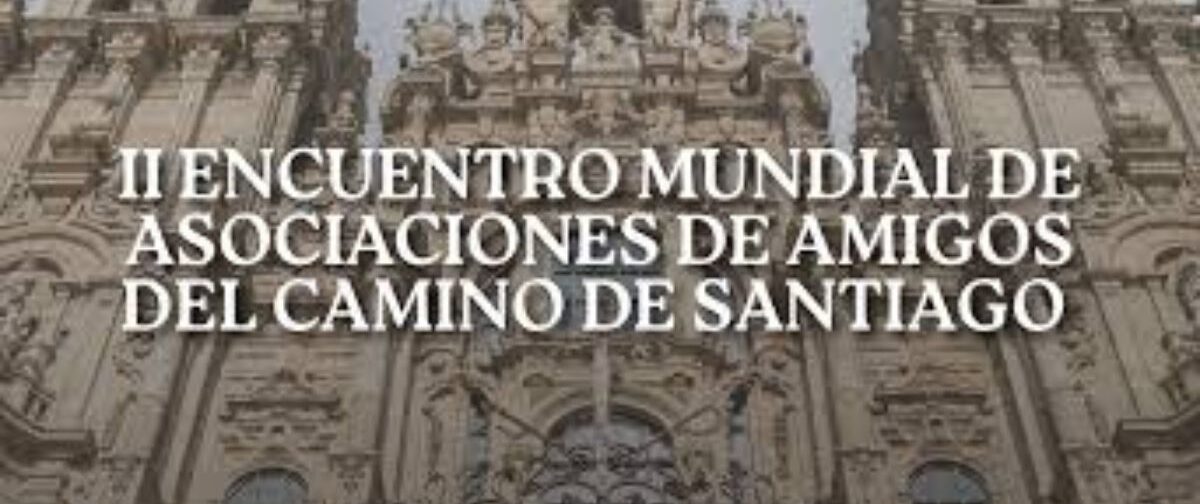
In 2023 the II international meeting of associations of the Camino de Santiago was held
American Pilgrims on the Camino (USA)
American Pilgrims on the Camino is the only association in the USA for Camino de Santiago enthusiasts. It is a volunteer-run organization with over 2,000 members in the USA and several other countries. Check out their website to discover more.
Their four values are based on their collective experiences as pilgrims on the Camino de Santiago. Their commitment is to reflect these values in every decision and action: community, service, gratitude, and simplicity.
Confraternity of Saint James (UK)
Based in the United Kingdom, this confraternity promotes the pilgrimage to Santiago de Compostela and pilgrim routes in the UK. Its goal is to provide information, guidance, and support to those wishing to undertake a Camino. More information can be found on their website.
Services and Benefits of Pilgrim Associations
The goals and action lines of the associations can vary in their wording, but generally consist of:
- Providing information and support to pilgrims;
- Creating, training, organizing, and managing groups of volunteer hospitaleros;
- Collaborating with institutions to create hostels and shelters;
- Organizing, administering, and managing facilities and volunteer staff;
- Recovering paths and Jacobean sections;
- Conducting studies, research, and publications on the Jacobean phenomenon;
- Promoting cultural activities;
- Representing the Jacobean world before institutions;
- Collaborating with civil and ecclesiastical entities.
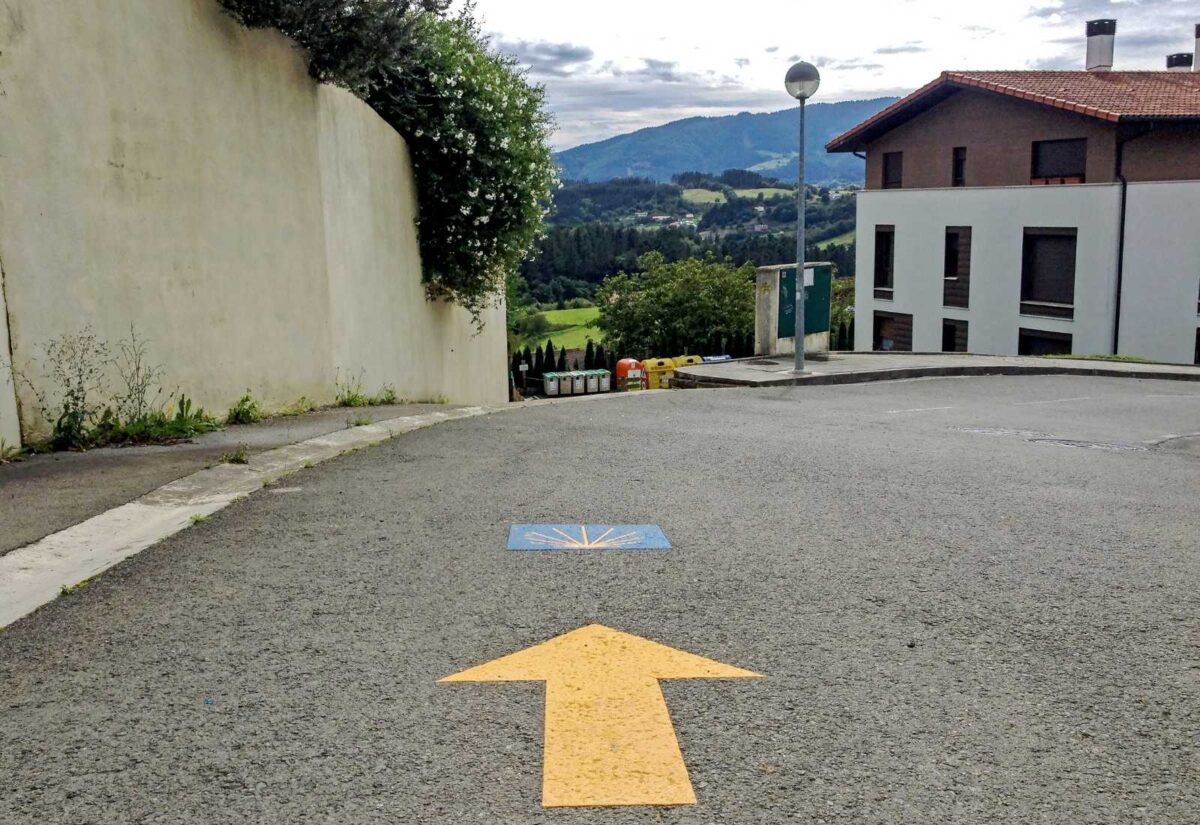
Pilgrim associations collaborate in the maintenance and signaling of the Jacobean routes
Advice and Guidance
The associations provide detailed information about the routes, necessary equipment, and physical preparation. They also offer practical advice for facing the challenges of the Camino.
Credentials and Certificates
The associations issue official credentials that allow pilgrims to access hostels and other services along the Camino. At the end of the journey, they can help you obtain the Compostela certificate.
Accommodation and Logistics
Many associations have agreements with hostels and lodgings, offering discounts and reservations. They also provide information on accommodation options and logistical services.
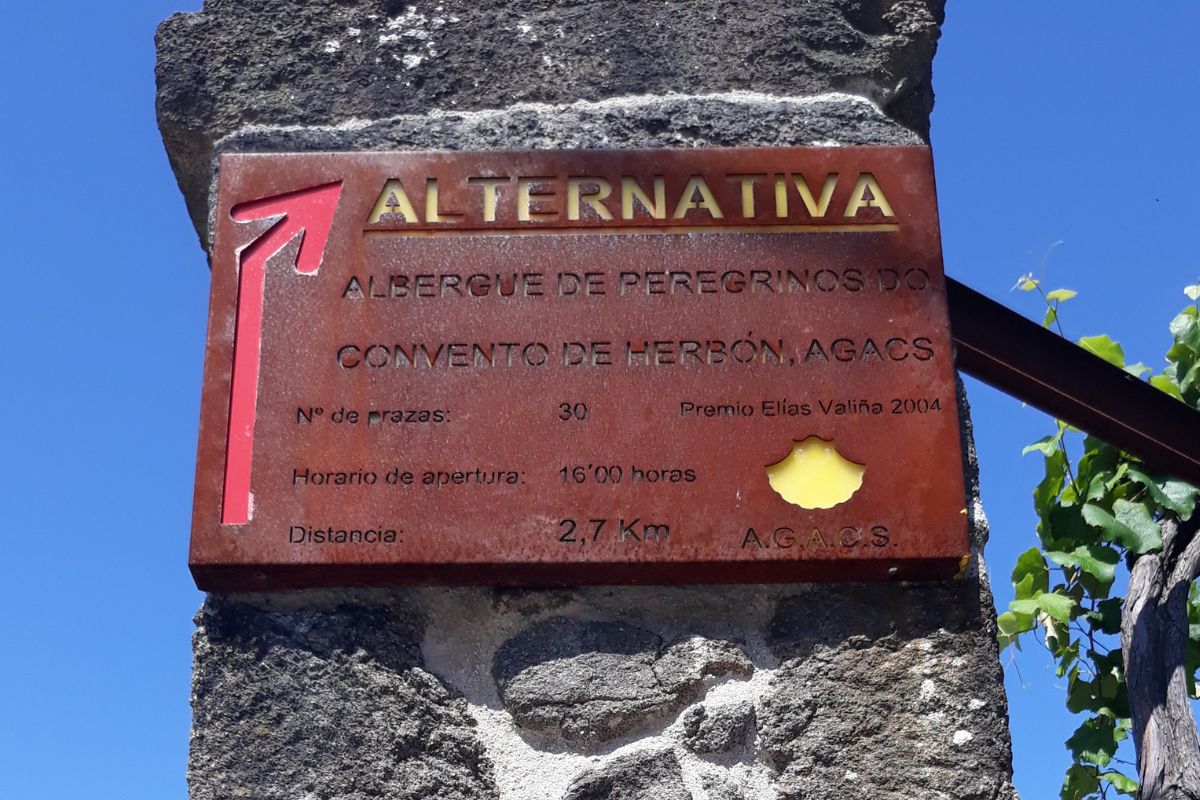
Sign indicating an AGACS shelter
Events and Cultural Activities
The associations organize cultural events, talks, and activities related to the Camino de Santiago. These events allow pilgrims to connect with each other and the culture of the Camino.
How to Join a Pilgrim Association
If you want to be part of a Friends of the Camino de Santiago association, the process is very easy. Choose the one you prefer, generally the one closest to you, and get in touch with them.
The role of members is very important, as they are lovers of the Camino de Santiago and can generate many ideas. The indispensable requirement is to love the Camino de Santiago.

The contribution of the members of a Jacobean association is small, but very important
Requirements and Registration Process
Each association has its own requirements, but generally, you only need to complete a registration form and pay an annual fee. Registration is usually quick and easy, and often you can do it online.
Membership Fees and Benefits
Generally, you need to pay a membership fee, necessary for the expenses derived from the existence of the association and its initiatives. It is usually an affordable fee and varies according to the association.
The benefits of being a member and part of these communities include access to exclusive resources, discounts at hostels, and participation in events.
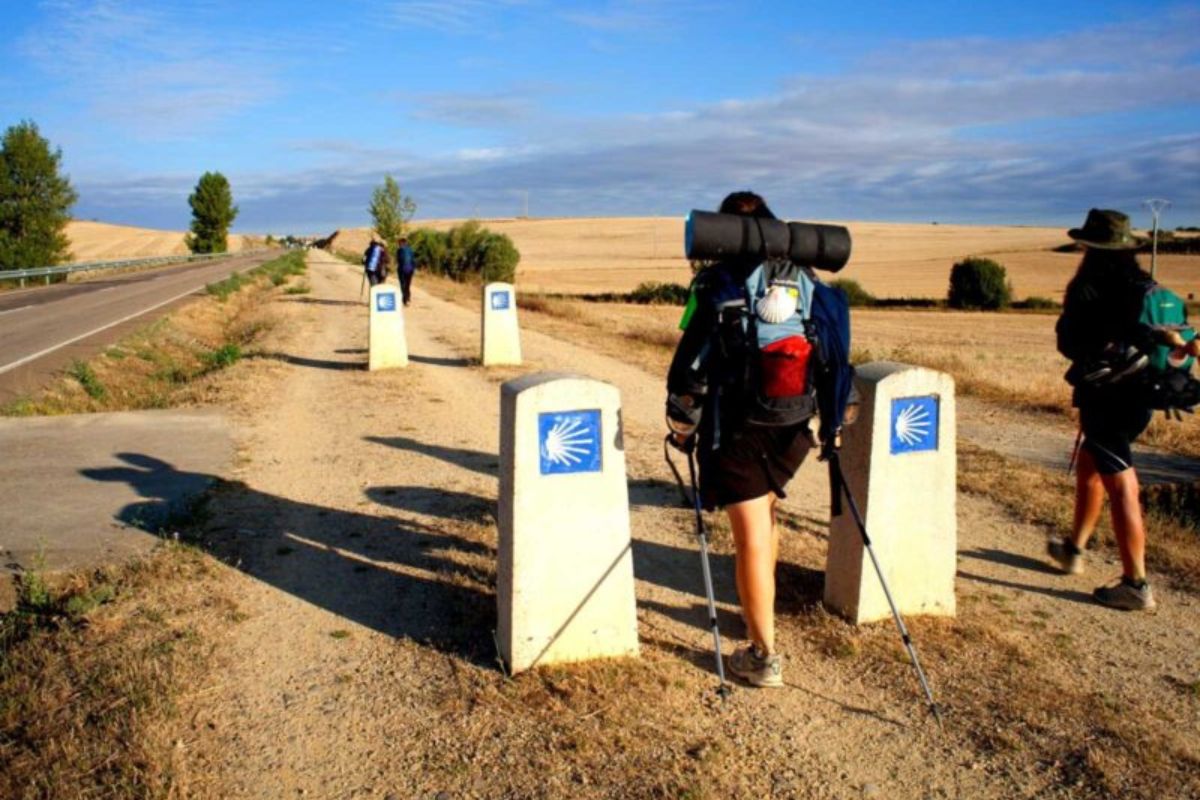
Being part of a Jacobean association will ensure that you are always on the Camino
Invitation to Participate and Connect with Other Pilgrims
By joining an association, you join a community of people who share your passion for the Camino de Santiago. It invites you to be part of a community that shares your dreams and supports you every step of the Way.
Being part of a Friends of the Camino de Santiago association is a great idea: this way, you will always be on the Camino, don’t you think? You can contribute a lot, as an unconditional lover of the Camino de Santiago. Additionally, they often organize outings to some Jacobean route, to not lose the essence of what we are, pilgrims in love with our Camino de Santiago.

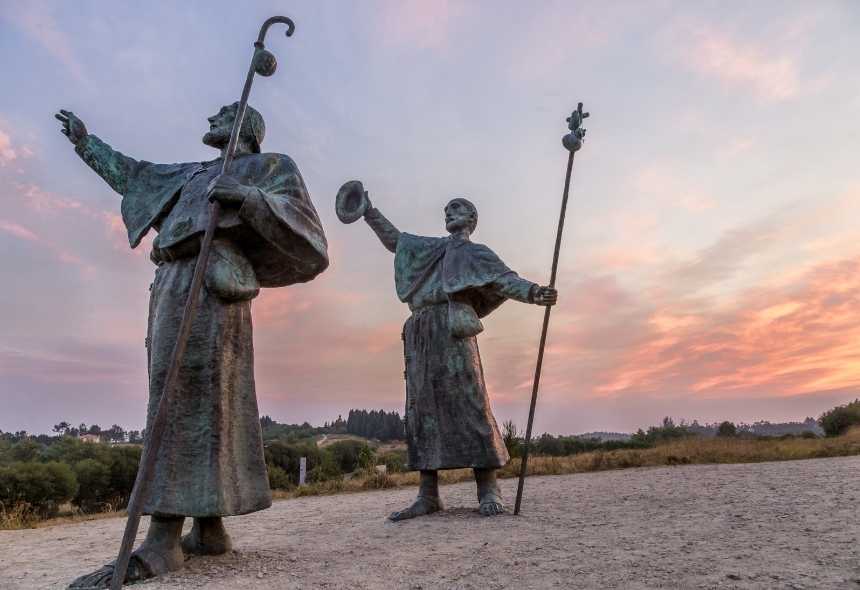


Leave A Comment